Jean Dubuffet: Brutal Beauty – Barbican, London
A review of the Barbican’s major Dubuffet retrospective. Interesting to see the artist’s inspirations and impact, but not quite the same calibre as their 2020 offerings.
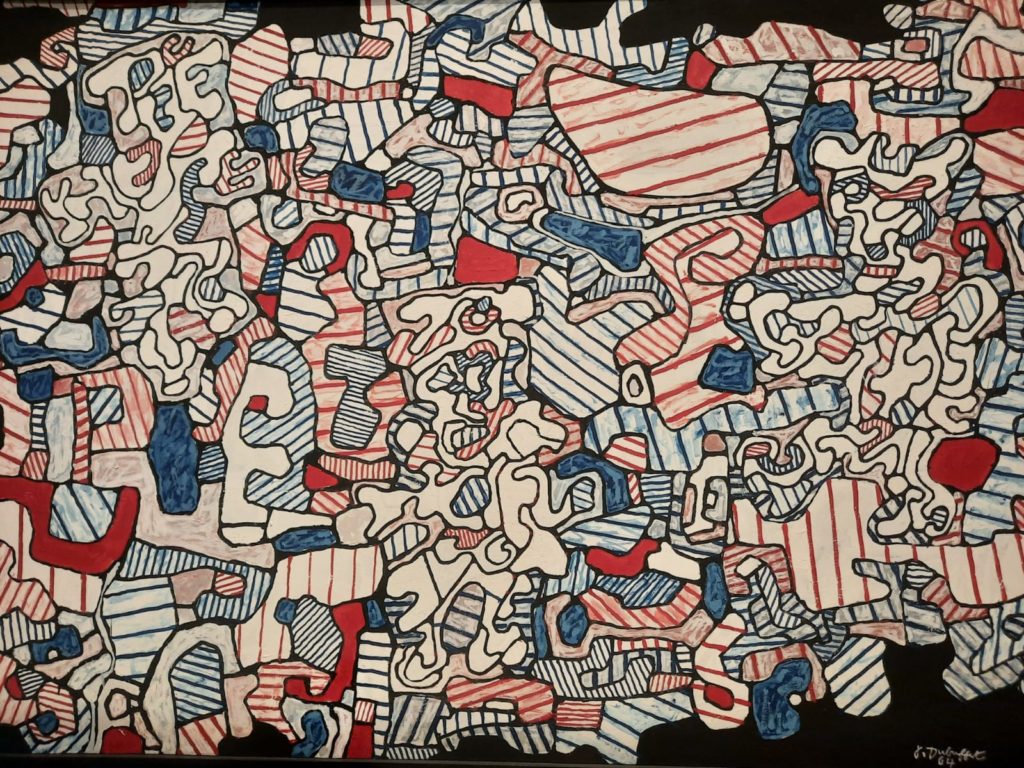
Dubuffet, Champion of ‘Art Brut’
I was very excited to be back at the Barbican. Their exhibitions were a real high point on the cultural landscape in inter-lockdown London last year; I really enjoyed Masculinities: Liberation Through Photography, Michael Clark: Cosmic Dancer, and Toyin Ojih Odutola: A Countervailing Theory. These exhibitions were unexpected and boundary-pushing, unlike anything else you can easily find in London.
Jean Dubuffet: Brutal Beauty is a good solid exhibition, but not quite in this league. It is an important exhibition, sure. Especially given there hasn’t been a major survey of his work in the UK since the 1960s. But a comprehensive retrospective is something the Tate also does well. And other London galleries besides. So for me, there was nothing that screamed ‘Barbican’, nothing too avant-garde here. I should tell you a bit more about it though, so you can make up your own mind.
The concept here is the relationship between Dubuffet and ‘art brut’ (a category he developed and championed) on the one hand; and Dubuffet and his influence on the art that came after him on the other. These points are well made on the whole; and the exhibition includes a small selection of ‘art brut’ by some of Dubuffet’s favoured artists. Let’s look now in detail at Jean Dubuffet: Brutal Beauty.
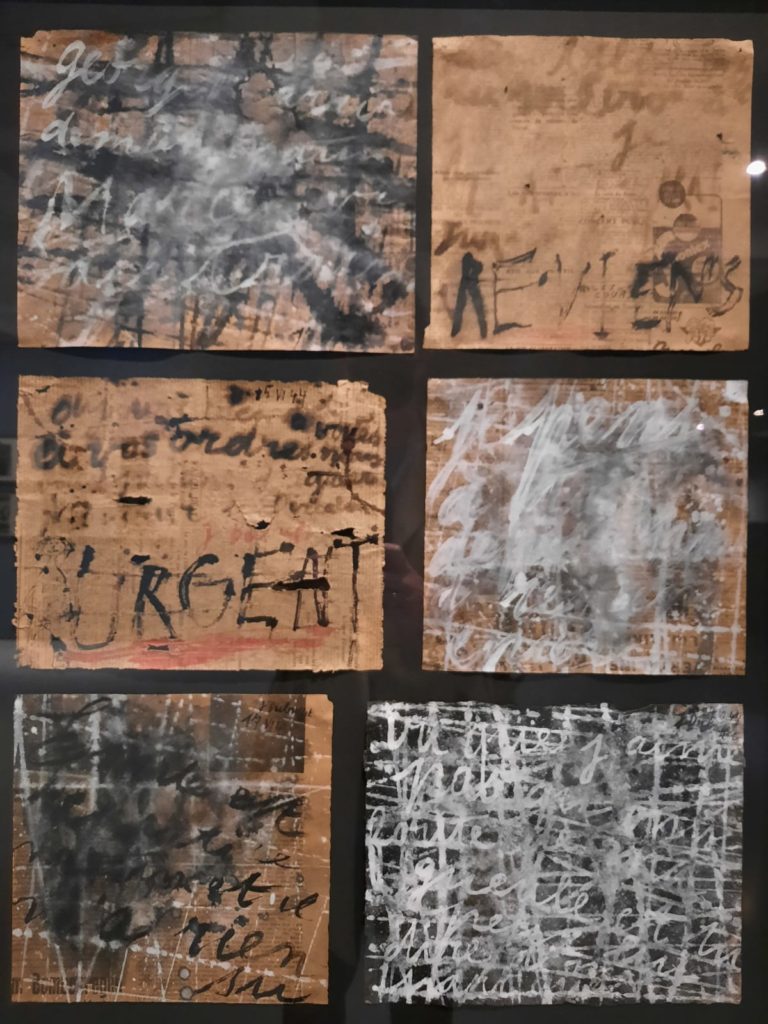


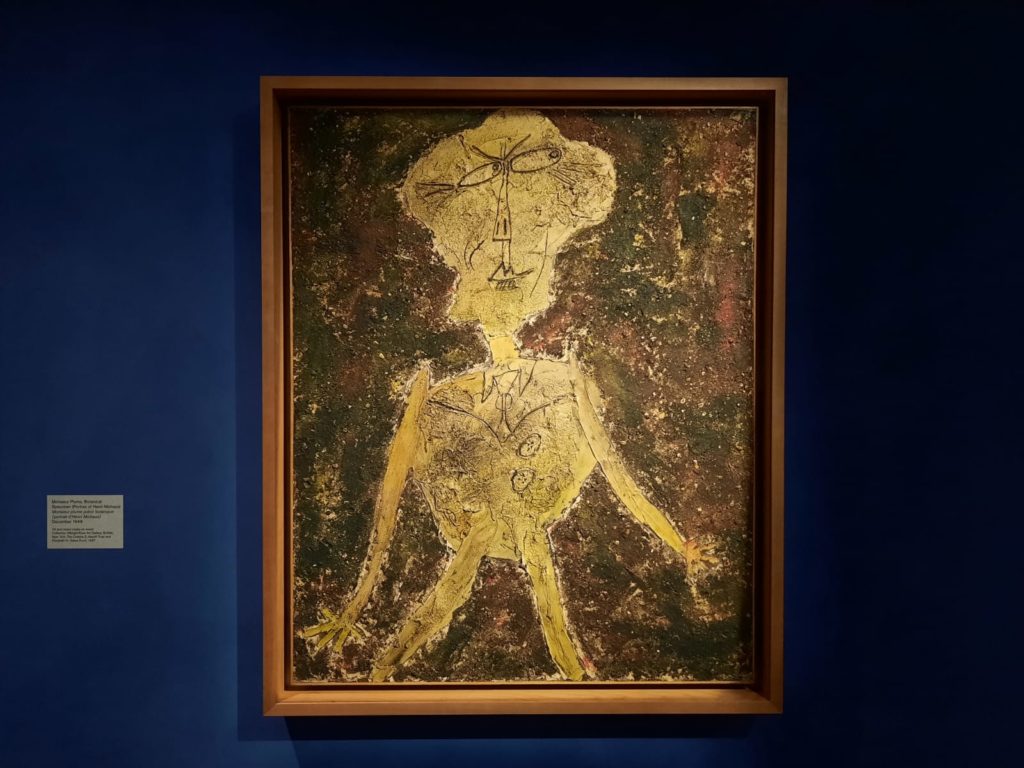
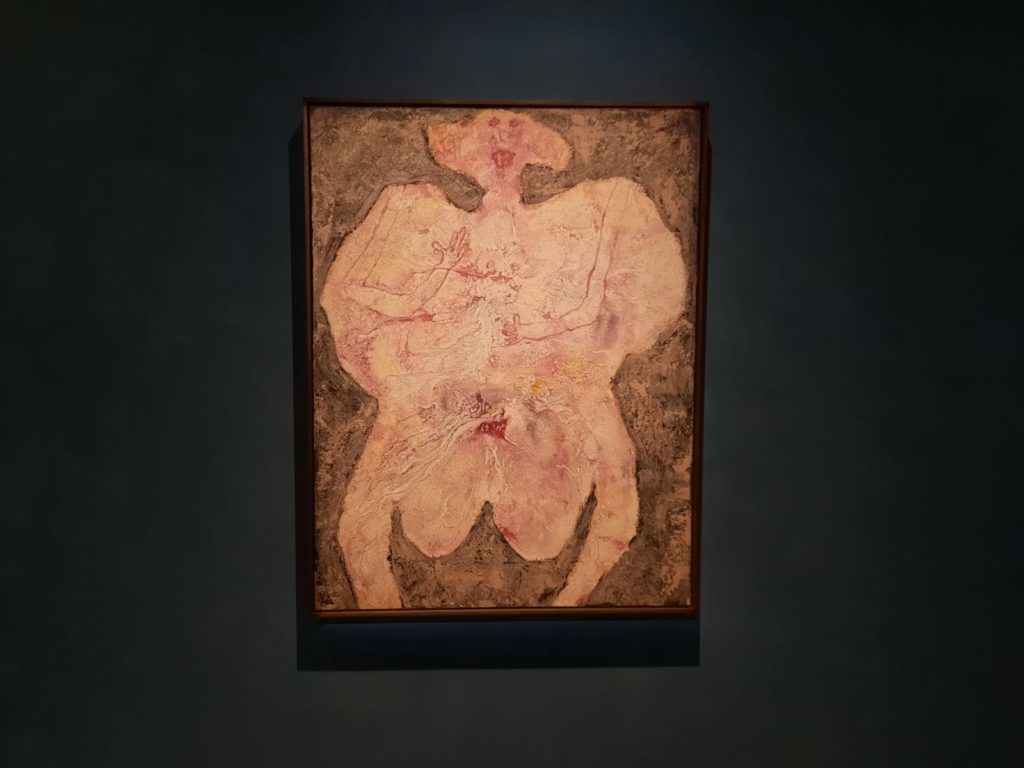

A Late In Life Artist
Dubuffet came to art relatively late. Born in Le Havre in 1901, he first went into the family trade as a wine merchant. It was only in 1941, during the Nazi occupation of France, that he devoted himself to art. He started in a suitably political and topical way, daubing a series of graffiti-inspired messages onto French and German newspapers. He also created lithographs with the texture of defaced walls.
From the beginning, Dubuffet was interested in the art of people outside the artistic establishment. For him this included people in prison or psychiatric care, children, spiritualists, and other untrained artists. Something he said in one of the videos within the exhibition stuck with me, when he said he tried to “…remove myself as far as possible from cultural conditioning.” Even in its early stages, his art breaks down our expectations of figuration, perspective, and even medium. A series of portraits from 1945 (two examples above) mixes oil paint with varnish, plaster, ash and sand, built up and cut back with a knife.
It is this freedom which the exhibition first and foremost establishes. Dubuffet saw art everywhere – in graffiti on the walls; in unusual materials like butterfly wings; even in rubbish from a burned out car. Even when he did work in more traditional media like oil on canvas, he subverted it. His series mixing enamel paints with oil is unnerving: the figures look raw, their flesh loose. The Barbican have a wide range of works on display, and use them to great effect to demonstrate Dubuffet’s immense creativity and range.
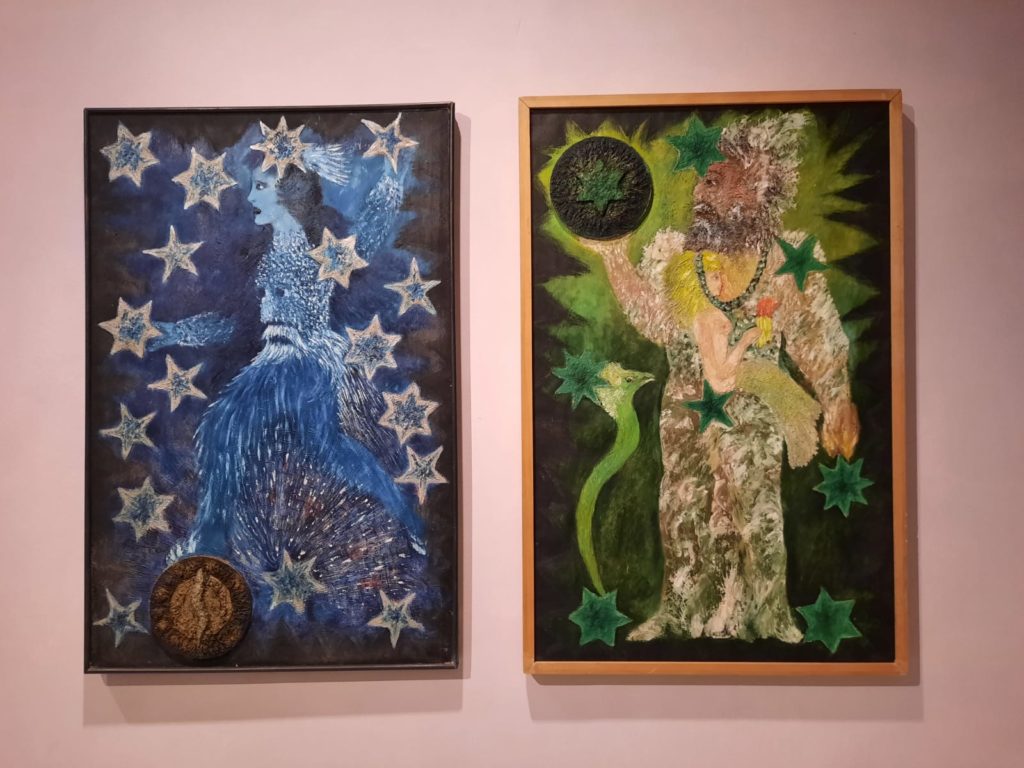


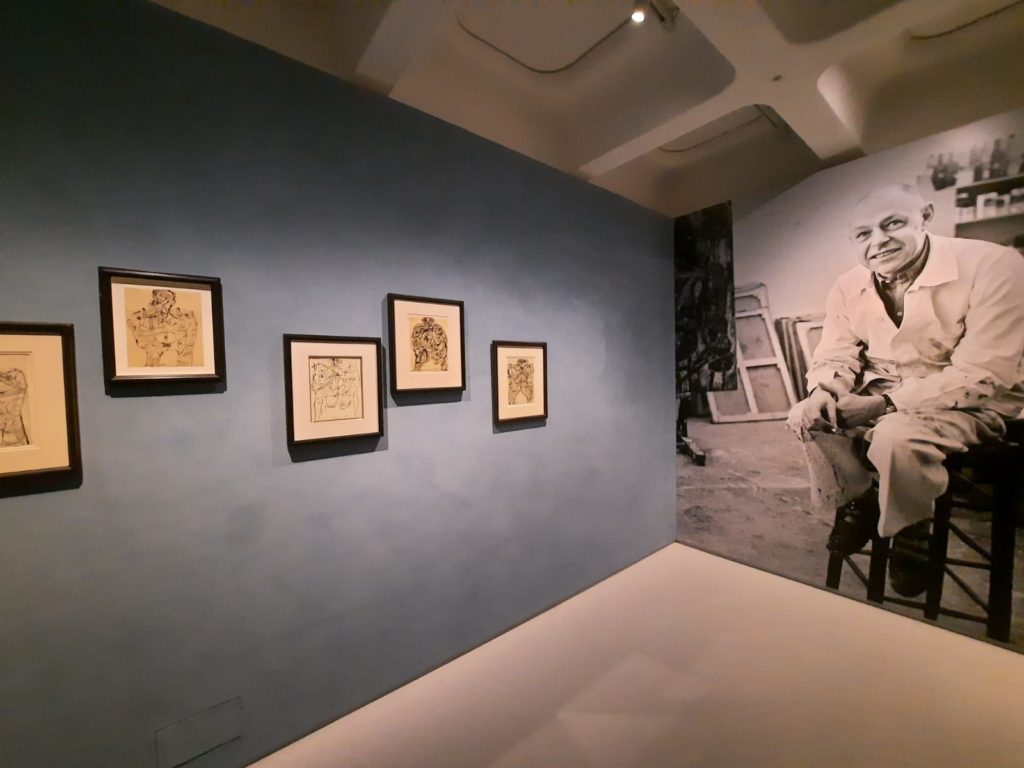
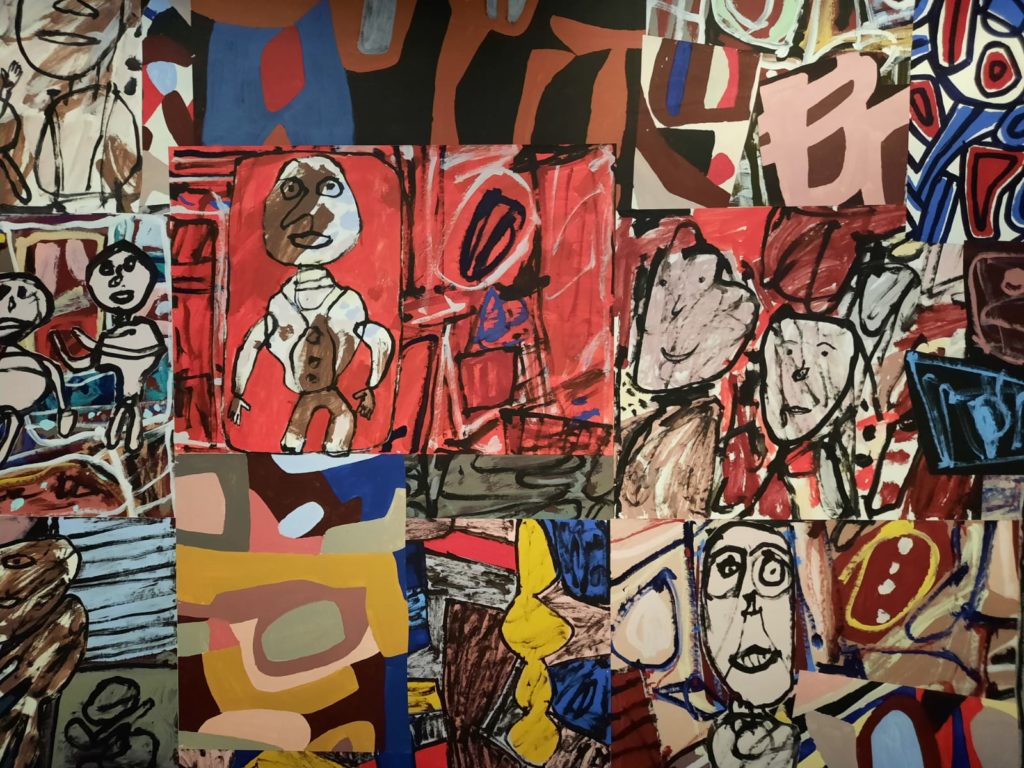
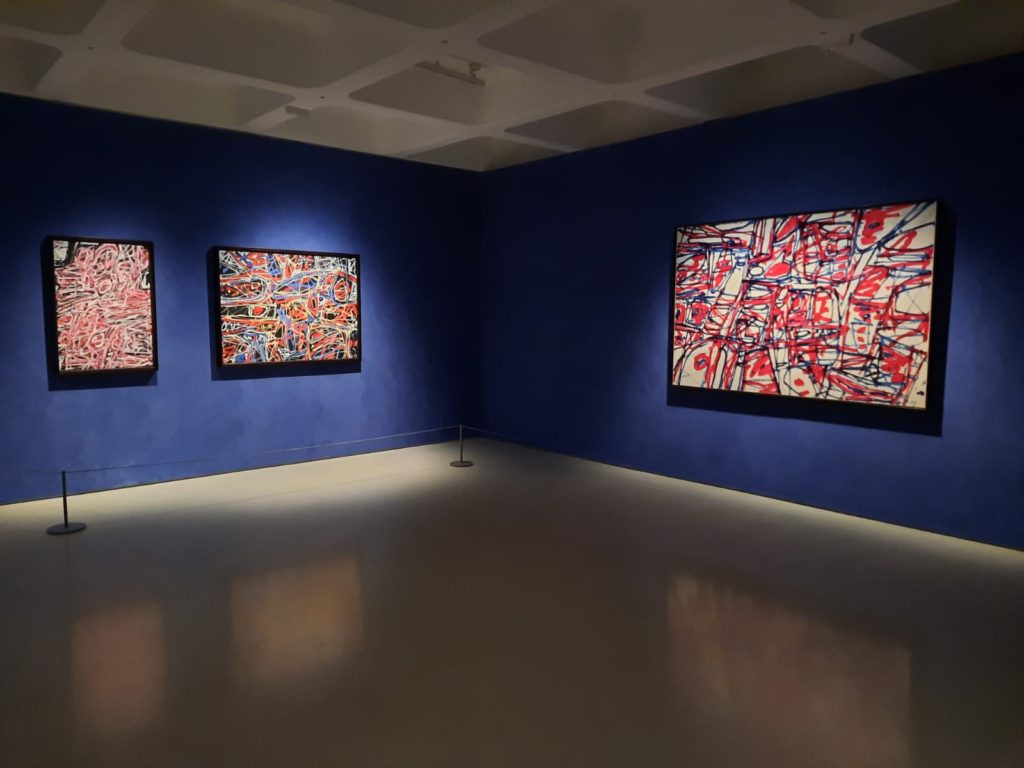
Inspired And Inspiration
The other theme this Barbican retrospective draws out is the artistic landscape in which Dubuffet operated. That is to say, the artists he drew inspiration from, and those who he inspired in turn. The first part of this equation comes to life through the inclusion of works by artists collected by Dubuffet as ‘art brut.’ We debated terminology when I went to see an exhibition of work by Sister Gertrude Morgan, but essentially ‘art brut’ is interchangeable with ‘outsider art’, ‘naive art’, etc. Basically any term that covers art created by those outside the artistic establishment, a high proportion of whom are marginalised by society.
Dubuffet had a large ‘art brut’ collection, much of which became the foundation collection of the Collection de L’Art Brut in Lausanne, Switzerland. We learn in the exhibition that he collected in two spurts, losing heart in between at the lack of appreciation from the artistic community. There is a printed guide to accompany the art brut works, the only handout in the exhibition. Artists include Miguel Hernandez, Augustin Lesage, and Laure Pigeon. I was pleased to see a large-scale work by Madge Gill, who I recently wrote about for the East End Women’s Museum. By studying these works, we can see the inspiration Dubuffet took from them to be free of artistic norms and constraints.
Later in the exhibition, we see how Dubuffet’s own work inspired younger artists in turn. Towards the end of his life he had several exhibitions in Paris, New York and elsewhere. We can see how his informal style, mixed media techniques and bold lines could have inspired artists like Basquiat and Haring.
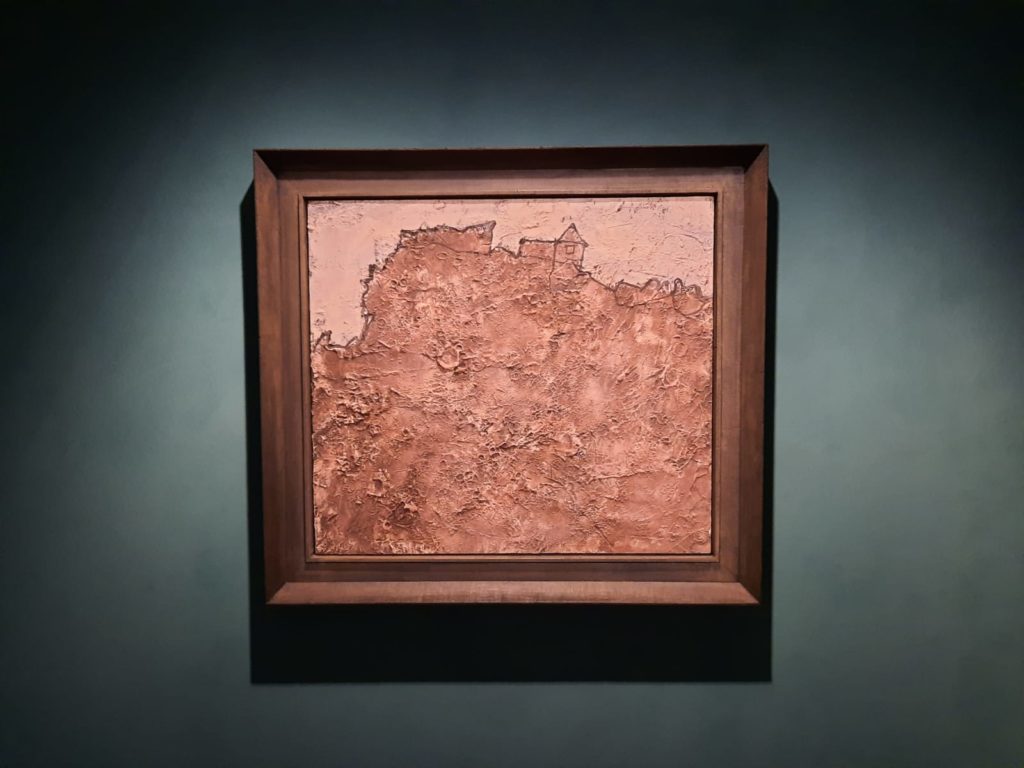
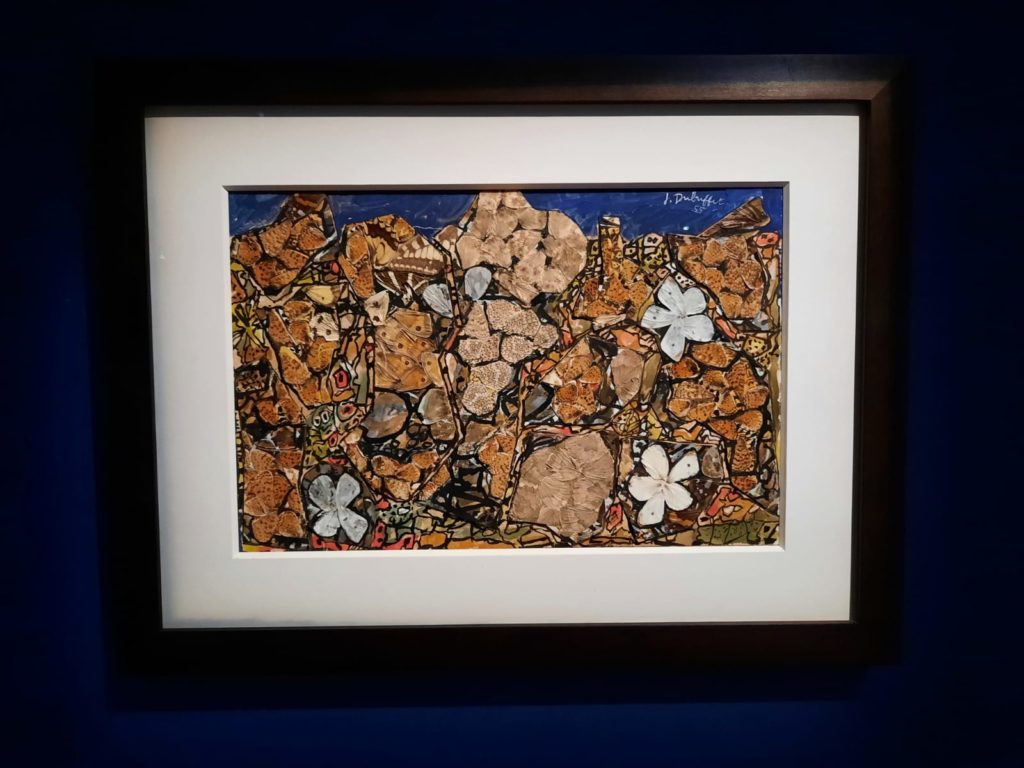
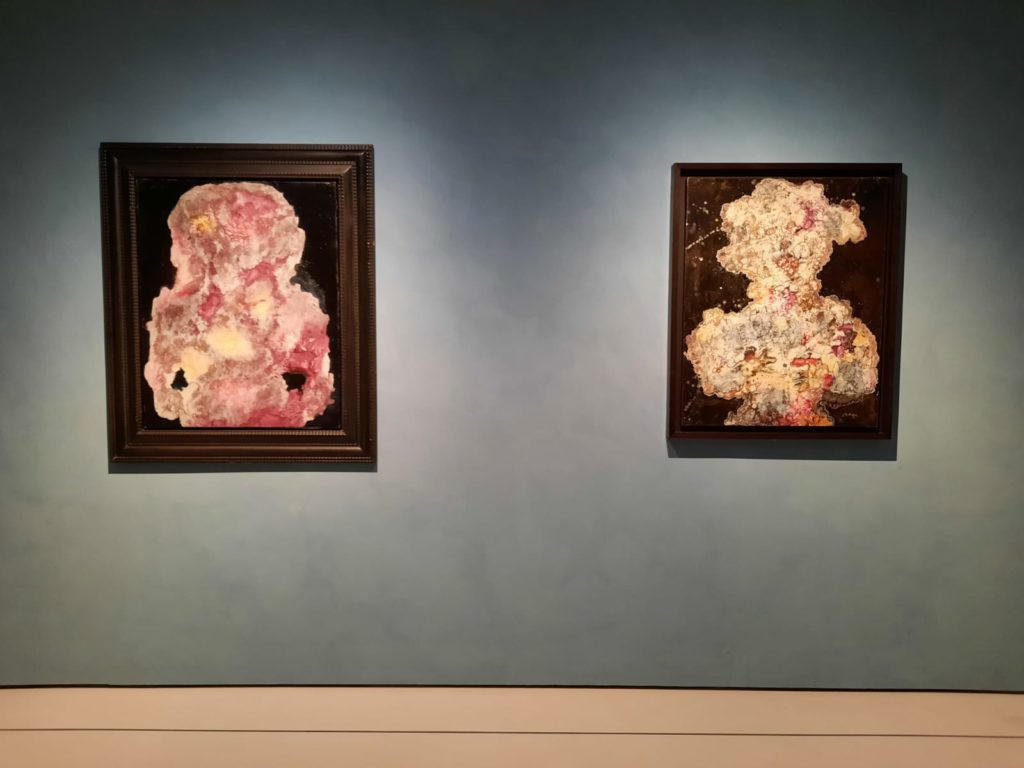


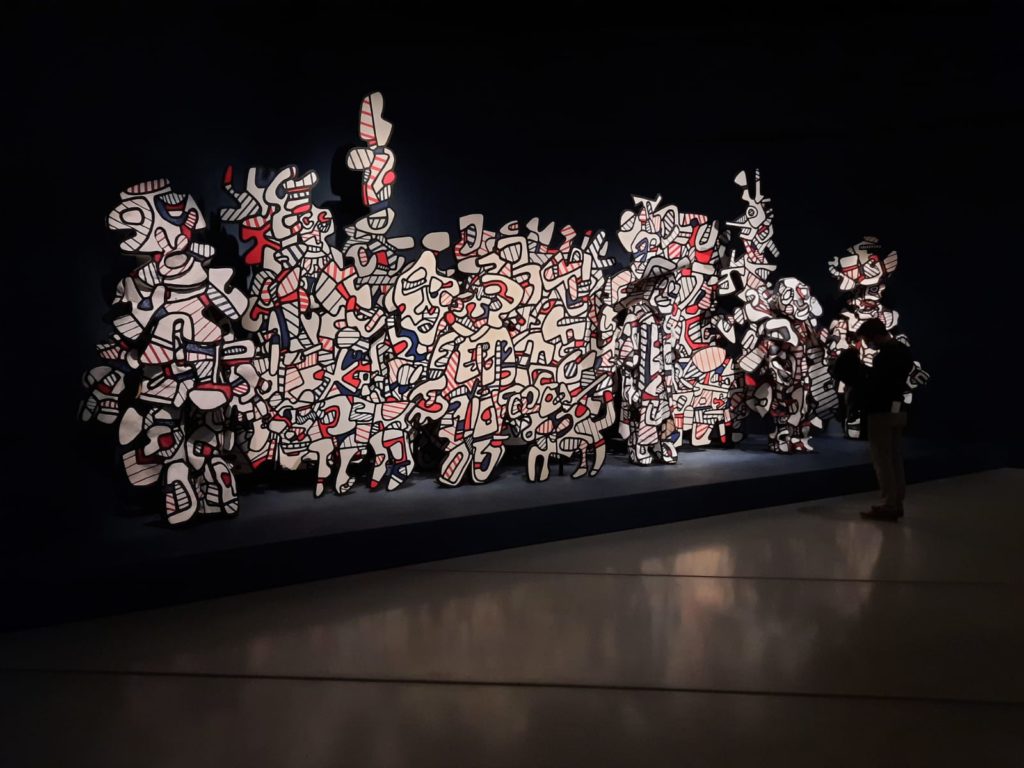
Final Thoughts
In the end I felt like this was my main takeaway from the exhibition – Dubuffet’s role as a gateway between art brut and art canon (or art superstars), rather than the strength of his own art in and of itself. Don’t get me wrong, there were some really impressive works. I’m thinking here in particular of Coucou Bazar (bottom image above). This is an ensemble of 175 ‘theatrical props’, which formed part of a one-hour spectacle or ‘living painting.’ They are now too fragile to animate. But I would have liked to see some footage or a reinterpretation or something to bring Coucou Bazar to life.
Which brings me back to my first point. This isn’t a bad retrospective. In fact it’s quite a good one in terms of the range and quality of works and the insight they give into Dubuffet as an artist. I think I was just spoiled last year by the calibre of the Barbican’s exhibitions. And, for me at least, this one was missing a certain ‘je ne sais quoi’ which would have elevated it into the type of boundary-pushing show I’m used to seeing here. The exemplary Covid measures the Barbican had in place last year have also slipped a bit, so maybe they are just finding their footing as they reopen.
If your aim is to discover a new artist, then this is one of the strongest exhibitions in London right now. Let me know in the comments if you agree with my assessment, or think I’ve been too harsh!
Salterton Arts Review’s Rating: 3/5
Jean Dubuffet: Brutal Beauty on until 22 August 2021
Don’t miss an exhibition review, sign up below for our weekly newsletter:
If you see this after your page is loaded completely, leafletJS files are missing.

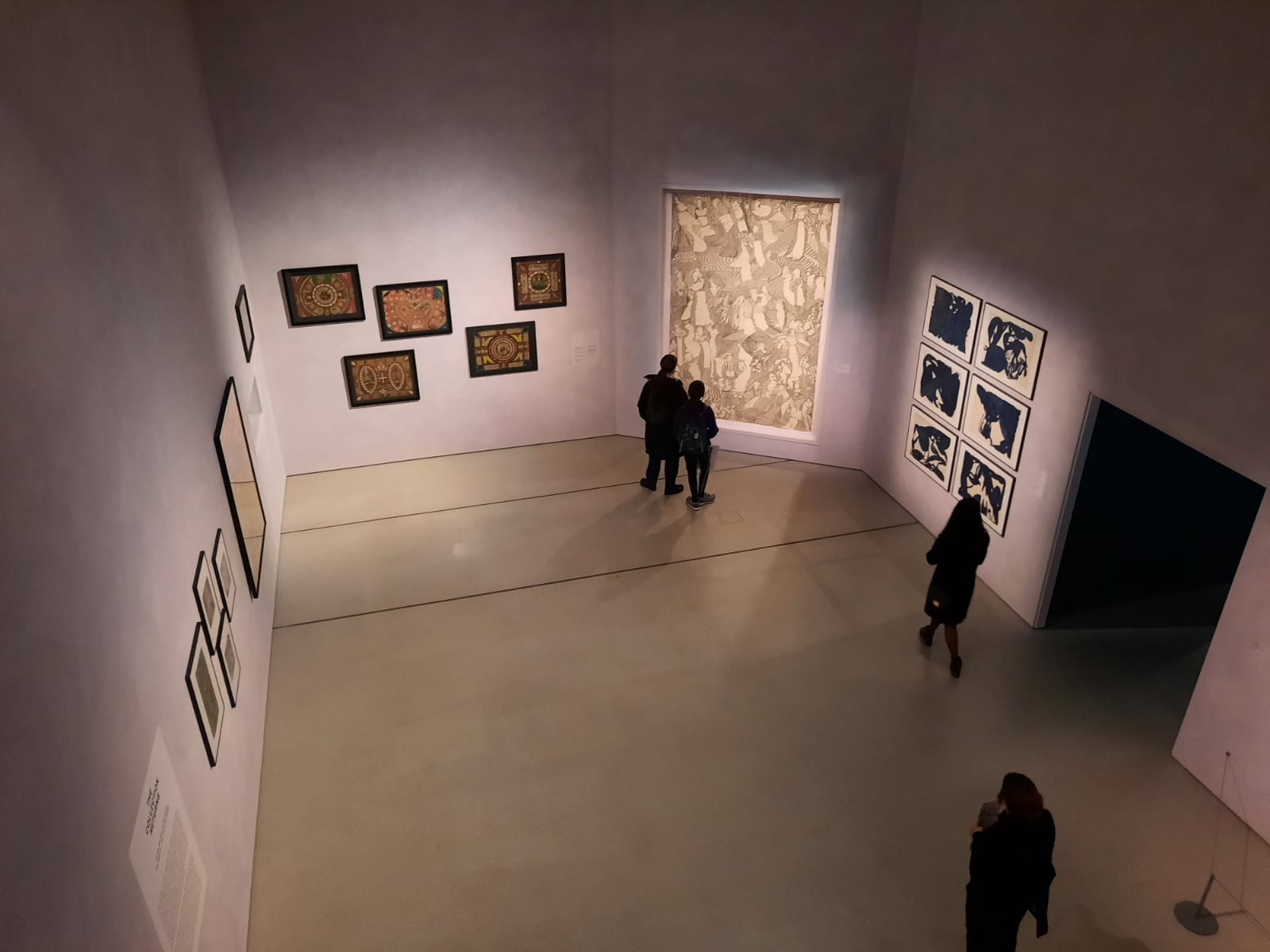
2 thoughts on “Jean Dubuffet: Brutal Beauty – Barbican, London”